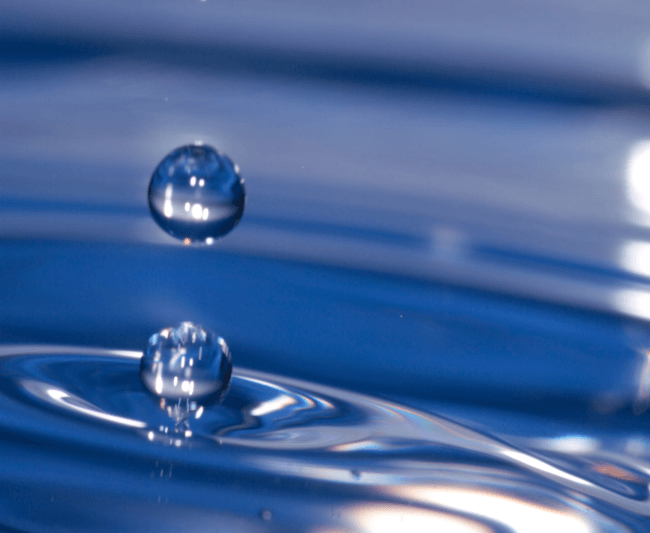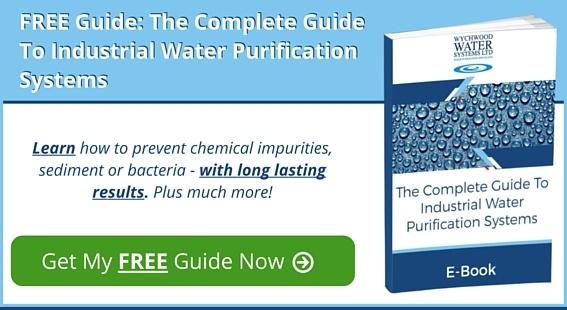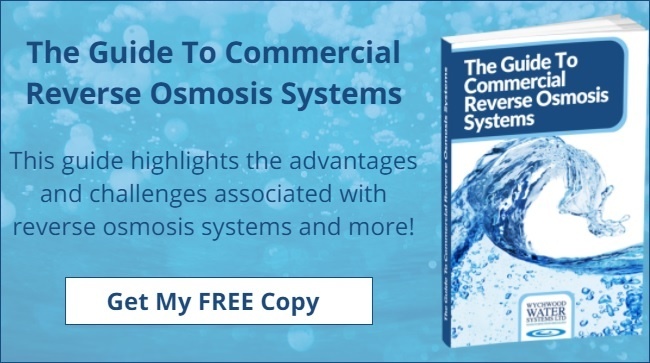
Waste water is becoming an ever-increasing and infinitely valuable water resource. Treated industrial waste water can be transformed into a product that can be used for numerous applications, including wash water, industrial process water, surface irrigation, wetlands and ground water recharge, to name but a few.
The good news is that water recycling technology is now more affordable than ever for facilities to obtain.
The reuse of waste water means that no new water needs to be taken from our finite supply. But in order to ensure that the highest possible amount of water is being recovered, an industrial water treatment plant needs to ensure that the right water treatment methods are in place.
The Benefits of Optimising Waste Water Recovery
It is true that any industrial waste water recycling solution will incur an initial upfront cost, but there is no substitute for having an on-site solution for recycling waste water, especially considering the application of new and stricter regulations designed to conserve and reuse as much water as possible.
The cost of having water recycling solutions on-site eliminates the need and cost involved with the pick-up and transfer of waste water to another site for treatment and processing. It can also eliminate the need to increase costs by building additional waste water storage facilities.
Waste Water Recovery Options
There are many ways to recover waste water, several of which will depend on the intended use of the recycled water.
Membrane Filtration
The recovery of waste water via membrane filtration involves the separation of materials based on their particle size. In the case of waste water treatment, membrane filtration represents one of the most effective methods where the goal of waste water recycling is to purify water for re-use.
One of the main benefits of membrane filtration is that it has a very low carbon footprint, as it requires very little energy to execute.
The level of membrane treatment used at a particular facility will determine the amount of water that is recovered, and the recoverability of the water will depend on the chemical or biological characteristics of the waste water itself. Overall, the potential reusable water that can be recovered via the membrane filtration process can be as high as 90%, depending on the above factors.
The Basic Membrane Filtration System
Any typical membrane filtration system will consist of several common components. These are a feed tank, membrane or permeate, and a facility for handling reject water. Typical systems will also include units for the purpose of control and monitoring. A cleaning system for ridding the membrane of performance-reducing contaminants also needs to be in place.
Some industrial water treatment plants may also incorporate pre and post-treatment processes at either end of the membrane filtration system. However, this is dependent on the desired quality of recycled water. Any membrane filtration system used in an industrial water treatment scenario must be able to show that it will be designed or constructed in such a manner as to meet government criteria for water efficiency.
De-Ionisation
When de-ionised, water is considered to be nearly 100% pure. When water purity is this high, it becomes a natural solvent and is unstable. De-ionised water tends to dissolve minerals, as this is the only way for it to reclaim stability. De-ionised water is used in a wide range of industries including labs and hospitals. As well, the type of de-ionisation system chosen is based on whether there is an ongoing need for de-ionised water, or whether single-use is more likely.
Ongoing Supply
Where an application demands access to an ongoing supply of de-ionised water, a twin-bed system is the common choice. These systems consist of a GRP outer shell with polyethylene inside. The system collects and distributes water internally through its cation and anion exchangers.
Depending on its size, this type of system may be fitted with actuated or multi-port control valves which are there for the purpose of regenerate chemical dilution.
Single-Use Supply
Where ongoing de-ionised water is not required, a mixed bed cylinder system is the ideal choice. The typical single-use system is most often chosen for the recovery of waste water from manufacturing processes. Upon entry, water is circulated in a loop through both cylinders. Depending on its size, a cylinder system can provide from 300 to 2,400 litres of de-ionised water per hour.
Whether for ongoing or single-use, the quality of the resulting water is monitored via the use of calibrated conductivity probes.
Get Free Help for Improving Water Recovery
Choosing the right water recovery improvement solution for your industrial water treatment plant need not be difficult. Our highly-skilled team here at Wychwood Water Systems have developed a useful resource to help you make the best decision for you. Entitled, “The Complete Guide to the Selection & Implementation of Industrial Purified Water Systems”, our e-book is free to download and contains the information you need to make an informed decision.
You can get your copy now by clicking here. For more information about the other solutions we offer, we encourage you to get in touch via email at sales@wychwood-water.com. You can also speak to one of our experts directly by calling us on 01993 892211.









 We are a specialist independent company involved in water purification and water treatment technologies
We are a specialist independent company involved in water purification and water treatment technologies


